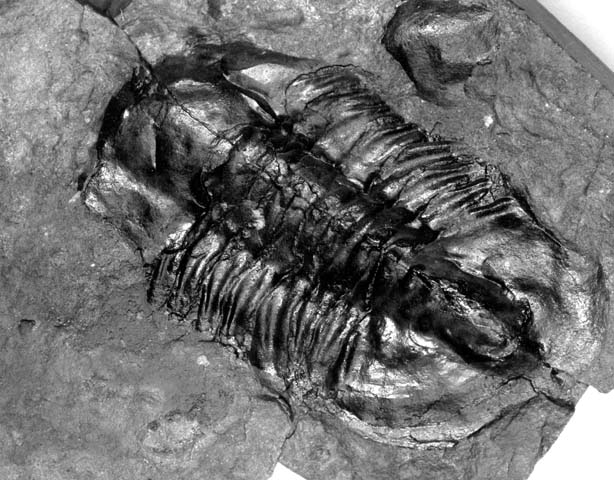Groundbreaking Discovery of Cambrian Fossils in Grand Canyon Unveils Early Animal Evolution

A remarkable discovery of exceptionally preserved fossils dating back over 500 million years has been made in the Grand Canyon, shedding light on the evolution of early animals during a pivotal period known as the Cambrian explosion. This groundbreaking find, reported by a research team from the University of Cambridge, marks the first significant discovery of soft-bodied Cambrian fossils in this iconic geological formation. The fossils, unearthed during a 2023 expedition along the Colorado River, include a diverse array of organisms, such as molluscs, crustaceans, and a newly identified species of priapulid named Kraytdraco spectatus, which exhibits unique feeding adaptations.
The Cambrian explosion, occurring approximately 541 million years ago, was a time of rapid evolutionary development when most major animal groups first appeared in the fossil record. Giovanni Mussini, a PhD student at Cambridge's Department of Earth Sciences and the lead author of the study, emphasized the significance of these fossils in understanding the complexity of early life forms.
"These rare fossils give us a fuller picture of what life was like during the Cambrian period," Mussini stated, underscoring the combination of fossilized remains and traces of ancient ecological behavior that together provide a comprehensive view of an ancient ecosystem.
Previous fossil finds from the Cambrian period have primarily focused on hard-shelled creatures, with soft-bodied specimens being exceedingly rare and typically located in resource-poor environments. The discovery in the Grand Canyon, where geological conditions were favorable for fossil preservation, opens new avenues for research into the evolutionary strategies of early animals.
The researchers utilized hydrofluoric acid to dissolve the sedimentary rocks containing the fossils, revealing thousands of minute specimens. Among the most notable findings are crustaceans with specialized teeth for grinding food and slug-like molluscs equipped with advanced scraping mechanisms, reminiscent of modern snails. The priapulid Kraytdraco spectatus is particularly intriguing, showcasing a unique morphology with hundreds of branching teeth adapted for feeding.
The environmental conditions present during the Cambrian in the Grand Canyon were considerably different from today, with the area being closer to the equator and characterized by nutrient-rich waters. This optimal setting facilitated evolutionary experimentation, allowing early animals to develop complex feeding techniques in response to abundant resources. Mussini likened this evolutionary dynamic to economic principles, where plentiful resources encourage innovation and risk-taking.
The implications of this discovery extend beyond paleontology, offering insights into the ecological frameworks that shaped early life on Earth. The research was supported by the U.S. National Science Foundation and the UK Natural Environment Research Council, and the findings were published in the journal *Science Advances*. This unprecedented glimpse into the Cambrian biosphere emphasizes the Grand Canyon's potential as a significant site for further paleontological studies.
Overall, the discovery of these Cambrian fossils not only enriches our understanding of early life but also highlights the importance of geological contexts in preserving biological diversity. As researchers continue to explore the Grand Canyon, they anticipate uncovering even more treasures from a time when life on Earth began to flourish in diverse and complex forms.
Advertisement
Tags
Advertisement





